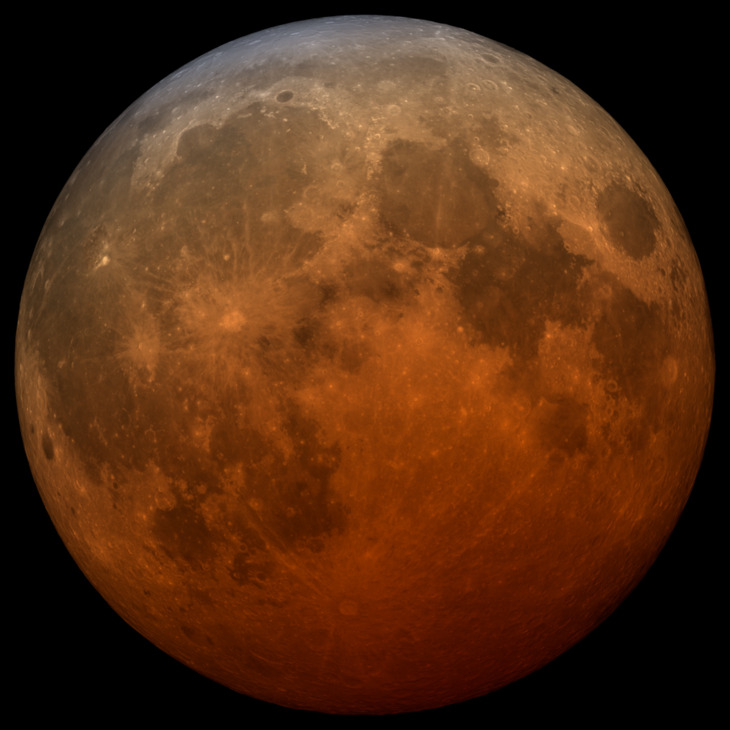
This is because some of the light from the Sun makes it through Earth’s atmosphere. Sometimes, the Moon appears reddish-orange during an eclipse. Instead, Earth’s shadow is cast upon the Moon’s surface. This happens because the Earth is positioned exactly between the Moon and the Sun, blocking much of the sunlight from reaching the Moon’s surface. What is a Lunar Eclipse?ĭuring a lunar eclipse, the Moon appears dark or dimmed. See below for explanations of the different types of eclipses. Difference Between Solar and Lunar Eclipses This eclipse is not visible from North America, although a partial eclipse will be visible from Hawaii. October 2, 2024: Annular Eclipse of the Sun

PDT) on September 17 and penumbra at 12:49 A.M. On September 17, the Moon will enter the penumbra at 8:39 P.M. Visible from most of North America, this is primarily a penumbral eclipse. See Bob Berman’s Complete Guide to the Total Solar Eclipse of 2024! September 17 to 18: Partial Eclipse of the Moon Partial eclipse ends: at 20:52 UTC (4:52 p.m.Total eclipse ends: at 19:55 UTC (3:55 p.m.Total eclipse begins: at 16:38 UTC (12:38 p.m.Partial eclipse begins: at 15:42 UTC (11:42 a.m.The total solar eclipse is relatively long with a duration of totality lasting 4.47 minutes. At all other times you will need “eclipse glasses” with special-purpose solar filters or a handheld solar filter. It is safe to look directly at the eclipse only during the brief period of totality. In Canada, it runs from southern Ontario to the island of Newfoundland, crossing through parts of southern Quebec, New Brunswick, and Prince Edward Island.įor most other regions of North America, a partial eclipse will be visible.In the U.S., the total solar eclipse crosses primarily through parts of Oklahoma, Alabama, Missouri, Illinois, Kentucky, Indiana, Ohio, Pennsylvania, New York, Vermont, and New Hampshire.extends across America, northeast from Texas to Maine. This eclipse is visible from North America (except for Alaska).

The Moon will enter the penumbra at 12:51 A.M. This eclipse is visible from North America. Eclipses in 2024 March 24 to 25: Penumbral Eclipse of the Moon The Moon will enter the penumbra at 2:00 P.M. The Moon will rise during the eclipse, and observers will only see a penumbral eclipse. This eclipse is visible from northeastern North America. October 28, 2023: Partial Eclipse of the Moon PDT).Īn annular eclipse is often referred to as a “Ring of Fire” because the Moon doesn’t completely block the Sun’s disk, leaving a bright ring of sunlight or “annulus.” The next annular eclipse will be October 2041. This eclipse will cross the sky from Oregon to Texas, so it’s partially visible from most of North America. Remaining Eclipses in 2023 October 14, 2023: Annular Eclipse of the Sun Where Are the Best Places to See the 2024 Total Solar Eclipse?


 0 kommentar(er)
0 kommentar(er)
